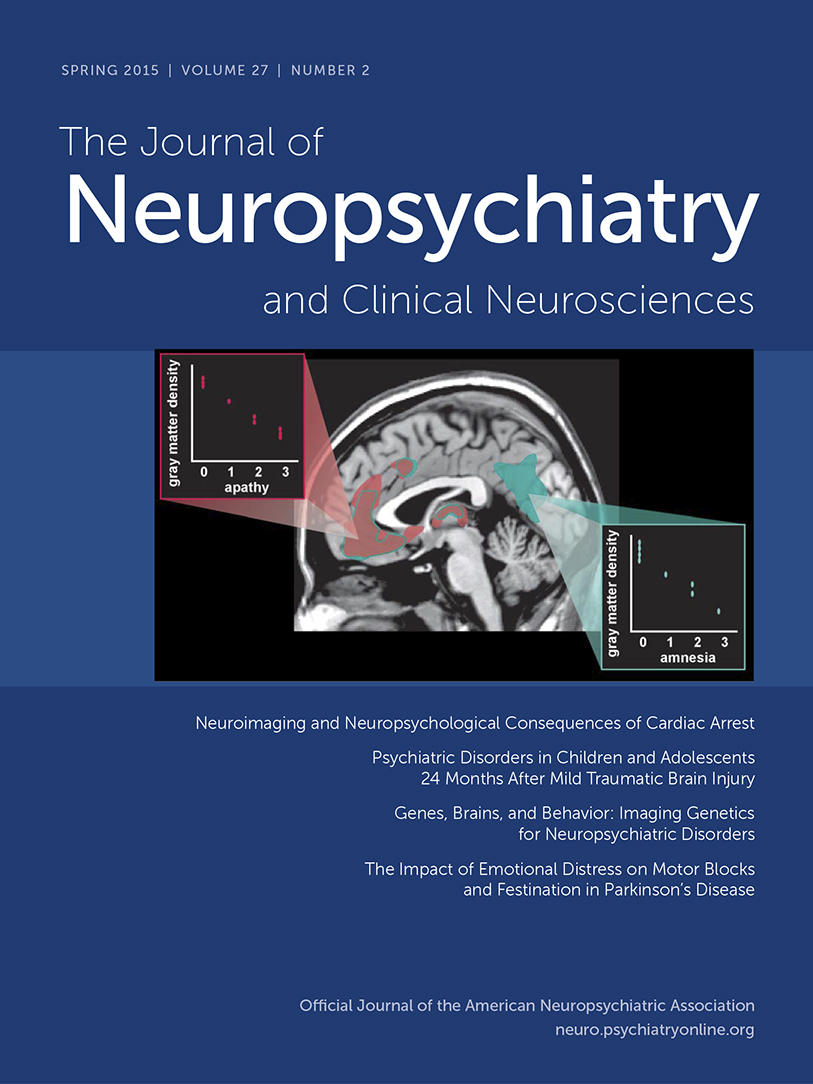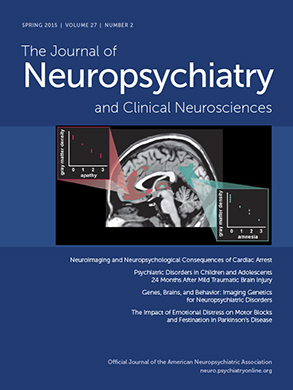To the Editor: Hypopituitarism, also known as Simmonds’ disease, occurs most commonly from pituitary tumors and a head injury, though a fracture of the base of the skull is considered a rare cause. Traumatic brain injury leads to significant disability and endocrine dysfunction in approximately 59% of patients.
1 Its signs and symptoms overlap with the neurological and psychiatric sequelae so often misdiagnosed.
Alterations in circulating levels of hormones occur hours or days after trauma, may represent adaptive responses to injury, and are influenced by the type of injury and therapy in the acute phase of injury
2Endocrine manifestations of hypopituitarism reveal deficiencies of specific hormones leading to hypoadrenocorticotropinemia, hypothyroidism, and hypogonadism. Deficiency in corticotropin levels is characterized by decreased levels of adrenal androgens and decreased production of cortisol. Acute loss of adrenal function is a medical emergency and may lead to hypotension and death if not treated. Signs and symptoms of corticotropin deficiency include myalgias, arthralgias, fatigue, headache, weight loss, anorexia, nausea, vomiting, abdominal pain, altered mentation or altered consciousness, dry wrinkled skin, loss of axillary and pubic hair, anemia, and impaired gluconeogenesis.
3,4 Studies have implied that pituitary dysfunction can be diagnosed years after the initial insult.
5Case Report
A 38-year-old man with a history of a road traffic accident 11 years ago was referred from the Medicine Department. He had been experiencing gradually increasing fatigue, decreased interest in pleasurable activities, irritability, and decreased libido for the last 10 years. He would frequently complain of nausea and headache. His symptoms gradually progressed, and he also experienced cold intolerance, constipation, malaise, arthralgia, and somnolence. Physical examination findings revealed a thin-built man, conscious and oriented, with normal vital functions. General physical, systemic, and neurological examination findings were normal. His mental status examination revealed reduced psychomotor activity, depressed affect, ideas of worthlessness, and impaired concentration. Results of laboratory testing (with reference ranges) included luteinizing hormone levels of 1.7 mIU/mL (2–12 mIU/mL), follicle-stimulating hormone levels of 6.2 mIU/mL (2–17 mIU/mL), testosterone levels of 0.01 nmol/L (6.7–28.9 nmol/L), basal cortisol levels of 0.23 µg/dL (0.39–0.69 µg/dL), prolactin levels of 0.28 ng/mL (2.5–16.7 ng/mL), free T3 levels of 1.3 pmol/L (6.5–21.0 pmol/L), free T4 levels of 1.1 pmol/L (10–23 pmol/L), and thyroid-stimulating hormone levels of 0.06 mIU/L (0.5–4.5 mIU/L).
Results on MRI brain scans revealed bilateral frontotemporal posttraumatic encephalomalacia with gliosis and ex vacuo changes, likely posttraumatic sequelae. The patient was prescribed long-term replacement therapy of hydrocortisone 20 mg twice daily and thyroxine 100 μg daily. He showed remarkable improvement.
Discussion
In this case report, we emphasize the importance of an endocrine workup in patients with traumatic brain injury presenting with depressive symptoms, which can lead to early diagnosis and reduction in morbidity and mortality risks due to a misdiagnosis of hypopituitarism as a depressive disorder.

